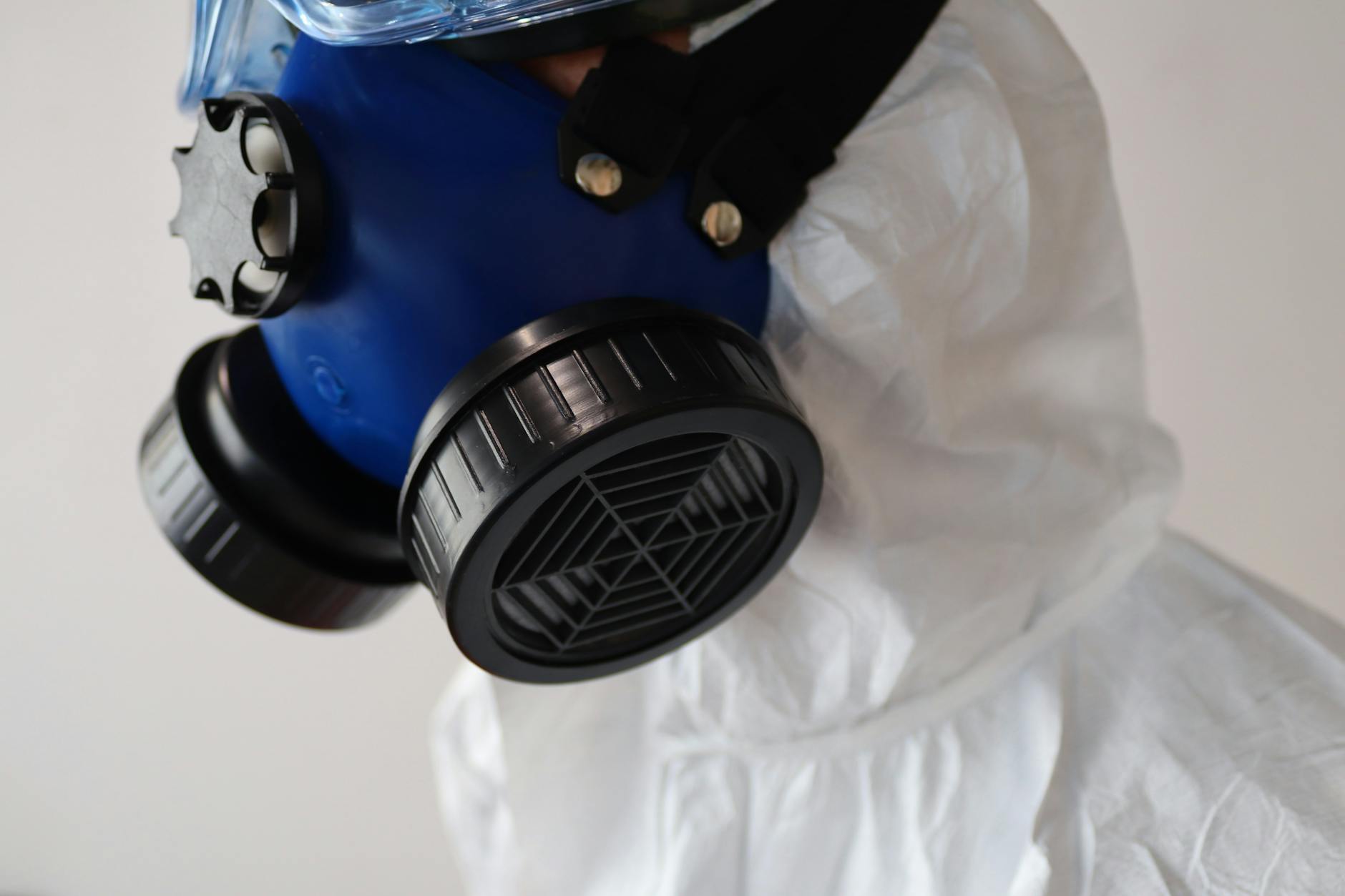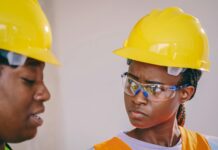
Respiratory Protection: Selection and Maintenance
Introduction
Respiratory protection is a critical component of workplace safety, especially in environments where airborne hazards pose a risk to workers. This article focuses on the importance of selecting the right respiratory protection and ensuring its proper maintenance to safeguard the health and well-being of workers.
Selecting the Right Respiratory Protection
- Risk Assessment
- Conducting a thorough assessment of workplace hazards
- Identifying the types and levels of airborne contaminants that workers may be exposed to
- Understanding Respiratory Hazards
- Differentiating between particulate matter, gases, vapors, and biological agents
- Choosing respiratory protection that effectively filters or isolates specific contaminants
- NIOSH Certification
- Selecting respiratory protection devices that are certified by the National Institute for Occupational Safety and Health (NIOSH)
- Ensuring that the chosen equipment meets stringent safety and performance standards
- Fit Testing
- Conducting fit testing for tight-fitting respirators
- Ensuring a proper seal to prevent the entry of contaminants around the respirator edges
- Consideration of Work Environment
- Evaluating the work environment, including temperature and humidity levels
- Choosing respirators that are suitable for the specific conditions in which they will be used
- Employee Medical Evaluations
- Conducting medical evaluations for employees required to wear respiratory protection
- Identifying any medical conditions that may impact the safe use of respirators
- Training and Education
- Providing comprehensive training on the proper use, limitations, and maintenance of respiratory protection
- Ensuring that workers understand the importance of using the provided equipment correctly
- Compatibility with Other PPE
- Ensuring compatibility with other personal protective equipment (PPE)
- Avoiding interference between respiratory protection and other safety gear
Proper Maintenance of Respiratory Protection
- Regular Inspection
- Establishing a routine for visual inspections of respirators before each use
- Checking for signs of wear, damage, or deterioration that may affect performance
- Cleaning and Disinfection
- Following manufacturer guidelines for cleaning and disinfecting respirators
- Ensuring that respirators are free from contaminants before each use
- Storage Practices
- Storing respirators in a clean, dry, and well-ventilated area
- Avoiding exposure to sunlight, extreme temperatures, and chemicals that may degrade materials
- Replacement of Parts
- Promptly replacing worn-out or damaged parts, such as straps, valves, and filters
- Ensuring that respirators remain in good working condition
- Record-Keeping
- Maintaining records of inspections, cleanings, and repairs
- Documenting any issues and their resolutions for future reference
- Periodic Equipment Checks
- Conducting periodic checks by qualified personnel to assess the overall condition of respiratory protection
- Identifying and addressing any issues that may compromise the effectiveness of the equipment
- Retraining
- Providing regular retraining sessions for employees on the proper maintenance of respiratory protection
- Updating workers on any changes in guidelines or equipment
- Ensuring Availability of Spare Parts
- Stocking spare parts and replacement components for timely repairs
- Avoiding delays in maintenance due to unavailability of necessary parts
Conclusion
In conclusion, selecting the right respiratory protection and maintaining it properly are paramount to ensuring the safety and health of workers exposed to airborne hazards. By conducting thorough risk assessments, adhering to certification standards, and implementing rigorous maintenance practices, organizations can create a workplace environment that prioritizes respiratory safety.
Personal Protective Equipment (PPE): Selection, Usage, and Maintenance for Safety Officers
Hearing Protection: Personal Protective Equipment
Body Protection: Personal Protective Equipment
Footwear and Leg Protection: Personal Protective Equipment
Frequently Asked Questions (FAQs)
- Why is fit testing important for respiratory protection?
- Fit testing ensures that tight-fitting respirators create a proper seal on the wearer’s face, preventing the entry of contaminants and maximizing the effectiveness of respiratory protection.
- What role does NIOSH certification play in selecting respiratory protection?
- NIOSH certification indicates that respiratory protection devices meet stringent safety and performance standards set by the National Institute for Occupational Safety and Health, ensuring the reliability and effectiveness of the equipment.
- How often should respirators be inspected and cleaned?
- Respirators should be inspected and cleaned before each use. Regular visual inspections, along with cleaning and disinfection according to manufacturer guidelines, contribute to the ongoing maintenance of respiratory protection.
- Why is record-keeping important in respiratory protection maintenance?
- Record-keeping helps track the history of inspections, cleanings, and repairs of respiratory protection. It provides valuable insights into the equipment’s condition and aids in identifying any recurring issues for proactive resolution.
- What are the key considerations for proper storage of respirators?
- Proper storage involves keeping respirators in a clean, dry, and well-ventilated area, away from direct sunlight, extreme temperatures, and chemicals. These measures help preserve the integrity and functionality of the equipment.
























